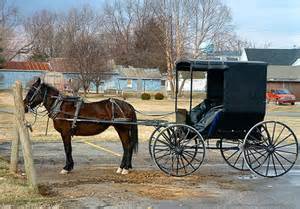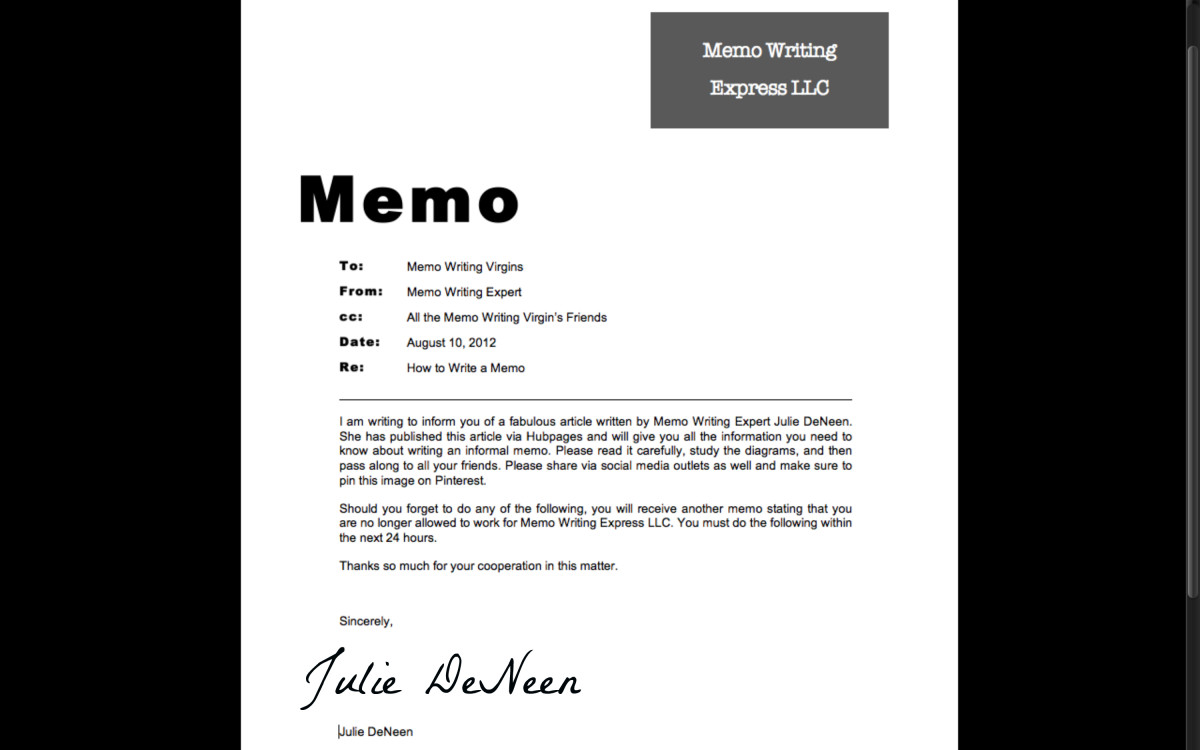Writing Pace and Rhythm And How To Control Them
Rev Your Engines
I love manual transmissions in cars and trucks. I love shifting and I love controlling the power of the engine as it flows to the wheels. Automatics are for wimps and those who speak on cell phones while driving. CVT’s are for those who would rather be chatting over a beer rather than driving. Manual transmissions are for those who want to feel the growl of the engine; they are for those who would love, just once, to take an adult lion out for a walk on a leash.
Just as a manual transmission allows the driver to control the pace at which they drive, there are techniques used by writers to control the pace of a story, book or article. For the sake of this article, let’s define pace as a tool that controls the speed and rhythm of the story. It is how fast or slow the story is told, and obviously it should reflect the nature of the story at different phases.
So what are those techniques? How can you, the writer, control the speed of your story without the use of a manual transmission?
Speeding Things Up
A story or article without patches of speed is a story or article that is doomed to a permanent state of drudgery, and drudgery is not something we want as writers. Speed moves things along. Speed is slipping into fourth or fifth gear and letting the engine whine at the rpm limit, and taking your readers along for a joyride.
Here are some techniques to help you gear up for a thrill ride.
Thoughts on rhythm from Ann Rice
ACTION
Action is exactly what it says. This is not a time for distractions. Something is happening and you are telling about it…no frills, no diversions….just straight ahead ,what’s happening, and it is best written in short and medium-length sentences.
HANGING FROM A CLIFF
Bring your readers right to the edge of the cliff and then leave it unresolved as you move on to the next chapter. I guarantee you that your readers will turn the pages quickly to find out what happened with the unresolved scene. In other words, leave the reader wanting more.
DIALOGUE
Think about a tennis match between two power players. No holds barred, nothing held back, just power against power as the ball streaks across the net over and over again. That is what a crisp dialogue can do for a story. If done correctly the reader will be left breathless and in need of CPR.
CUTTING TO NEW SCENES
As a reader I love short chapters, and I especially love short chapters that shift constantly from scene to scene. If you have three or four main characters involved in the story, then move from one to the next until you have covered all of them and then start over again. This technique keeps the reader engaged and it is a sure-fire page-turner.
RAPID FIRE INCIDENTS
Similar to shifting scenes, this technique shifts events at a breakneck speed. Transitions are rarely used if the foundation for the story was properly laid out early on. This is a popular tool used by the very good mystery writers, and as most mystery novel readers know, a good mystery flies down the highway with the windows down and the wind rifling your hair.
SHORT CHAPTERS
I alluded to this earlier, but nothing speeds a story along quickly like short chapters. Long chapters have a tendency to bog down unless the writer is exceptional. Short chapters are for those with ADHD who have far too much to do and don’t want to slog through quicksand to get to the end of the book.
WORD CHOICE AND SENTENCE STRUCTURE
Short sentences and short paragraphs…crisp, action verbs…words with harsh consonants…all add to a lively pace. Here is where you can trim out the fat and go with a slimmed down style.

Slowing Things Down
No story can survive on speed alone, just as no car can last long when constantly driving 100 mph. We have to gear it down occasionally and give our readers a chance to catch their collective breath and let their heartbeat slow.
Think of your story as a simile of life. Nobody lives in constant turmoil, in life and in stories.
Tips from George Weir

DESCRIPTIONS AND CHARACTER DEVELOPMENT
Describing the scene or describing the characters, both are ways to slow things up a bit and allow your readers to take a much-deserved break. To avoid rendering your readers comatose, however, put these descriptions in motion as in a character passing through a town or jogging through a neighborhood.
DISTRACT THE READER
These can be so subtle as to seem unimportant, but they are crucial for pacing. Have your character trim the hedge or take a shower. Let them take out the trash or watch a little mindless television. Again, remember that we are trying to imitate real life when writing a story or book, so toss in some real life.
FLASHBACKS AND DREAMS
The goal of a flashback or dream should be to add insight. Just having your characters randomly dreaming for no purpose whatsoever will confuse and at times infuriate your readers. A dream sequence is a wonderful way to slow the story but make darn sure it relates in some way.
REFLECTIONS
It’s always nice to get inside the mind of your characters and let your readers know what thoughts are occurring. Rambling introspections are tedious, but short sections that help us to better understand the character and, at the same time, help slow the story a bit, are marvelous.
WORD CHOICE AND SENTENCE STRUCTURE
Just the opposite of the speed sentence or paragraph, this type uses longer sentences and longer paragraphs to gently apply the brakes. Soft sounds are all slow in pace…..”the silence slowly shrouds the room”….and avoid hard consonants. One perfectly arranged sentence is all it takes to gear down the speed of a story.
Join me on my writing blog for more writing tips
- Artistry With Words | A topnotch WordPress.com site
A topnotch WordPress.com site (by Billybuc)
Did I help or hinder you with this article?
Now, Back in Your Cars
Drivers, start your engines! You are behind the wheel of your own story and you control the speed. It is up to you to decide when you need to hit the turbocharger and when to downshift, and you now have all the tools you need to accomplish that feat.
And no, I really don’t think automatic transmissions are for wimps. J
Happy motoring and I’ll see you at the finish line.
2013 William D. Holland (aka billybuc)
“Helping writers to spread their wings and fly.”












